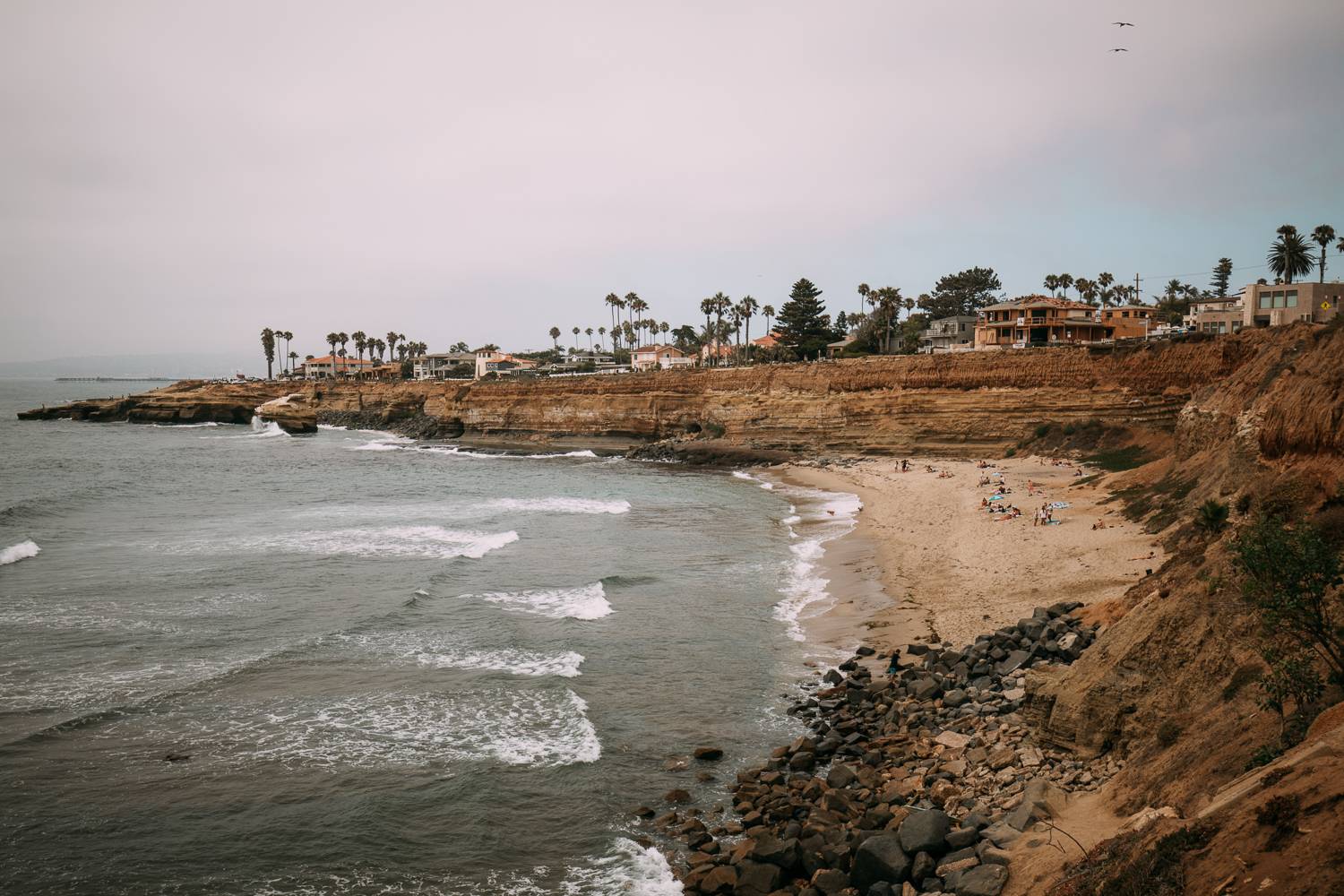Here in San Diego, we are used to sunny weather with little chance of anything else but clear skies. Having such nice weather pretty much all year round has its perks. It’s easier to motivate yourself to go in the water on a sunny day, we prepare for the cold with one sweatshirt at most, and the beaches are enjoyable all the time. We are super lucky to have so much sun. But when the rainy days do roll in, sometimes we have no idea what to do. This year and especially in the past few weeks, we have had more rain and thunderstorms than any locals are used to. A lot of us love this weather. We are excited to watch lightning strike and enjoy a change in San Diego weather. Storms also can help make the waves bigger. But the rain and lightning storms can add some extra concerns if you’re planning to paddle out. While this isn’t to say that you definitely cannot surf during a storm, there are extra precautions to take when deciding to go in the water. Make sure to be mindful of these tips for your rainy day in San Diego.
Check the surf report
The first thing you should do when deciding to surf is to check the surf report. While this is always a good idea with any conditions, it’s more important that you check it during a storm. Oftentimes, waves and winds pick up when it’s raining so they might be more extreme than you were expecting. Checking the report can help you decide if you feel comfortable taking on conditions that you may not be used to.
Check the water contamination
Because rain is so rare, when there are storms there is more runoff than there would be in other places that experience more rainfall. The city of San Diego will issue an advisory after it rains saying that the water has higher contamination levels. The water will not be as clean as it would be if you were surfing during a sunny summer day. If that’s okay with you, it doesn’t necessarily mean that you can’t go in the water. Just be aware that bacteria levels are higher than they normally would be. The time to definitely skip surfing for the day is when the contamination levels get too high for anyone and the beaches are closed. You can check for advisories and closures at your local lifeguard’s website. The lifeguards at beaches will also make it known when it is not safe to go in the water.
Listen to the lifeguards
Make sure you are paying attention to the lifeguards on the beach. With just a rain storm, you will usually be able to stay in the water but be aware of the lifeguards just in case. The time to be really aware of their announcements is during a thunderstorm or when a thunderstorm is near. If lifeguards detect lighting that is too close or headed towards the beach they will call people out of the water. So just make sure you are on the lookout for their announcements when you’re on the outside.
Bundle up
During storms, the conditions are different than we are used to in San Diego. So make sure that if you decide it’s safe enough to paddle out you come extra prepared for the conditions. While water and air temperatures can drop during the rain, the main weather condition to prepare for is the wind. In the ocean, the wind can make a huge difference on how warm you are able to stay. So make sure to pack your thicker wetsuit and some booties so you’re ready to handle the cold.
Don’t push it
If you paddle out and the conditions are more extreme than you were expecting, don’t push yourself to keep going. Taking on a challenge can be a good way to practice. But especially with surfing, you need to be careful because the ocean is strong and always changing, which can make surfing a dangerous sport if you push yourself too hard. When surfing during storms, it is always more important that you are safe rather than catching waves. So if the surf is getting too extreme make sure to head to the shore and remember that you can always paddle out another time.
















